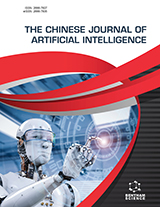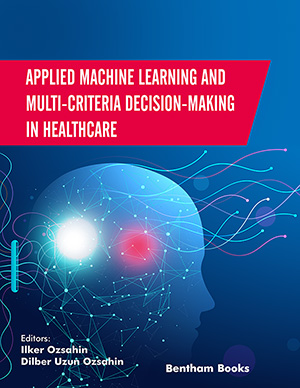Abstract
One of the main reasons for deaths in children or low-age kids is congenital heart disease detected by CDSS (clinical decision support system). If it's diagnosed at an early stage, the significant results can be obtained for life-saving. The practitioners are not equally qualified and skilled so the detection of the disease and the proper diagnosis is delayed. The best prevention is the early detection of the symptoms of this disease. An automated medical diagnosis system is made to improve the accuracy and diagnose the disease. CHD expands the heart deformation as in newborn babies. Early detection of CHD is necessary to detect and diagnose this disease. Due to this, the life of a newborn child is in danger. By different detection methods, CHD could be accomplished by its clinical information using CDSS and it is also detected by its nonclinical data. In pregnant ladies, CHD is diagnosed by their non-clinical data by applying it to the newborn baby that is in their womb. Due to this, different machine learning algorithms, including K-NN and MLP, are explored. For CHD detection, dataset selection is a big issue, and it is utilized by the Support Vector Machine and random forest, K-NN, and MLP algorithms. This proposed work develops a decision support system to detect congenital heart disease. In this proposed work, the data mining techniques and the machine learning algorithms are used to gain insight into the system for their accuracy rate. This proposed work is designed and developed by the Python jupyter notebook to implement MLP. This paper presents an analysis using the machine learning algorithm to develop an accurate and efficient model for heart disease prediction. The MLP models have a high accuracy of 97%.






















